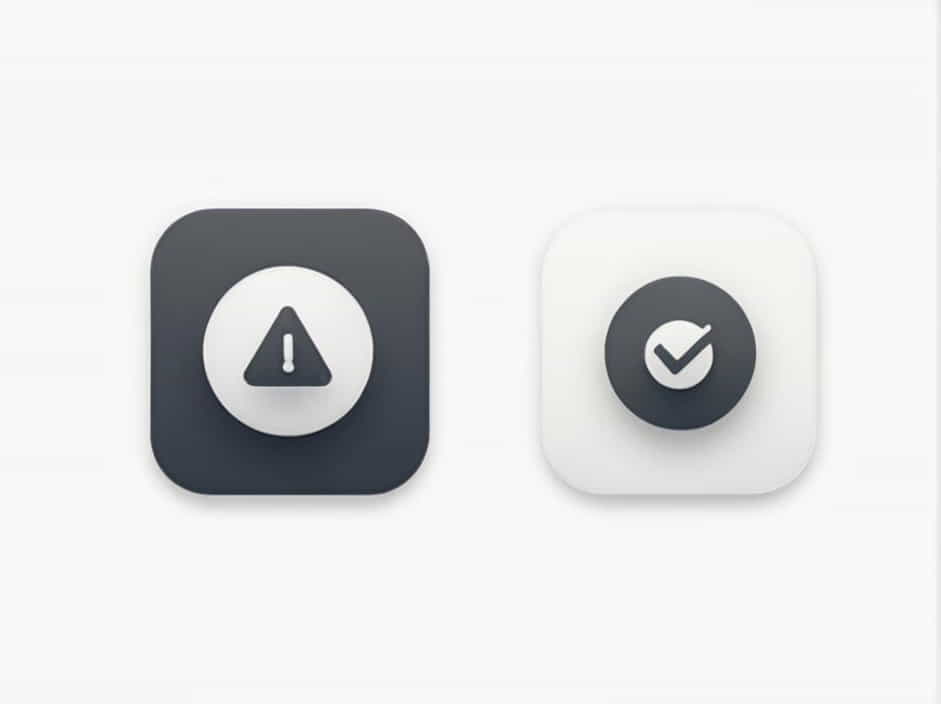When choosing an exterior finish for a building, homeowners and builders often compare roughcast and monolithic finishes. Both options offer unique advantages in terms of durability, aesthetics, and maintenance, but they also have drawbacks.
This topic explores the key differences between roughcast and monolithic finishes, their pros and cons, and which one might be the best choice for your construction project.
What Is Roughcast?
Roughcast is a textured exterior wall finish made by mixing cement, sand, lime, and small stones before applying it to the surface. It creates a rough, uneven texture that enhances durability and weather resistance.
Pros of Roughcast
1. Highly Durable
Roughcast is known for its longevity and resistance to harsh weather conditions. It can withstand heavy rain, strong winds, and temperature changes, making it ideal for coastal or high-rainfall areas.
2. Low Maintenance
Due to its rough texture, dirt and stains are less visible on roughcast surfaces. This reduces the need for frequent cleaning or repainting, saving both time and money.
3. Great for Hiding Imperfections
The uneven texture of roughcast helps mask cracks, patches, and structural flaws, making it a great choice for older buildings or renovations.
4. Good Insulation Properties
Roughcast provides some insulation benefits, helping to regulate indoor temperature by reducing heat loss in winter and keeping interiors cooler in summer.
5. Traditional and Classic Appearance
Roughcast gives buildings a rustic, traditional look, which is favored in historic and countryside homes.
Cons of Roughcast
1. Difficult to Repair
If roughcast gets damaged, repairs can be challenging, as matching the texture and color can be tricky.
2. Not Ideal for Modern Designs
Roughcast’s uneven and rugged appearance may not suit modern or minimalist architectural styles.
3. Can Trap Moisture
In humid conditions, roughcast can trap moisture, leading to mold and algae growth over time if not properly sealed.
What Is a Monolithic Finish?
A monolithic finish is a smooth, seamless exterior coating typically made from plaster, stucco, or synthetic render. Unlike roughcast, it creates a flat, uniform surface that gives buildings a modern and sleek appearance.
Pros of Monolithic Finish
1. Sleek and Modern Look
Monolithic finishes are perfect for contemporary and minimalist designs, offering a clean, polished appearance.
2. Easier to Repair and Repaint
Unlike roughcast, monolithic surfaces can be easily repaired and repainted, allowing for design flexibility and color changes.
3. Better Water Resistance
Modern monolithic finishes often include waterproof coatings, reducing the risk of moisture infiltration and protecting the building from damp issues.
4. Smooth and Even Surface
The uniform finish gives buildings a neat and well-maintained look, enhancing their visual appeal and property value.
5. Easier to Clean
Since monolithic finishes have a flat surface, they accumulate less dirt and debris, making them easier to wash and maintain.
Cons of Monolithic Finish
1. More Susceptible to Cracking
Monolithic coatings can develop visible cracks over time, especially in areas with frequent temperature changes or structural movement.
2. Higher Maintenance Costs
While repairs are easier, monolithic finishes may require frequent maintenance, including repainting and sealing, to prevent moisture damage.
3. Less Effective at Hiding Imperfections
Unlike roughcast, a monolithic finish does not conceal structural flaws well. Any cracks or uneven patches become highly visible, requiring additional repairs.
4. May Require Additional Insulation
Monolithic coatings do not provide as much natural insulation as roughcast, so extra thermal insulation layers may be needed in colder climates.
Key Differences Between Roughcast and Monolithic Finishes
| Feature | Roughcast Finish | Monolithic Finish |
|---|---|---|
| Texture | Rough and uneven | Smooth and flat |
| Durability | Highly durable | Susceptible to cracking |
| Aesthetic Style | Traditional, rustic | Modern, minimalist |
| Maintenance | Low maintenance | Requires more upkeep |
| Water Resistance | Can trap moisture | More resistant to water |
| Repairability | Difficult to repair | Easier to fix and repaint |
| Insulation | Provides some insulation | May need extra insulation |
Which One Should You Choose?
The decision between roughcast and monolithic finishes depends on several factors:
- For Traditional or Rustic Homes: Roughcast is the better option, offering a classic look and durability.
- For Modern and Minimalist Designs: Monolithic finishes provide a sleek and contemporary appearance.
- For Low Maintenance Needs: Roughcast requires less frequent upkeep, making it a good long-term choice.
- For Easy Repairs and Flexibility: Monolithic finishes allow for color changes and simple touch-ups.
- For Coastal or Harsh Weather Areas: Roughcast is more resistant to extreme weather conditions.
Both roughcast and monolithic finishes have their advantages and drawbacks. Roughcast is known for its durability, low maintenance, and traditional aesthetic, while monolithic finishes offer a sleek look, water resistance, and repair flexibility.
Choosing the right finish depends on your architectural style, climate, and maintenance preferences. Whether you prioritize a rustic appearance or a modern design, understanding the pros and cons of each option will help you make the best decision for your building’s exterior.
